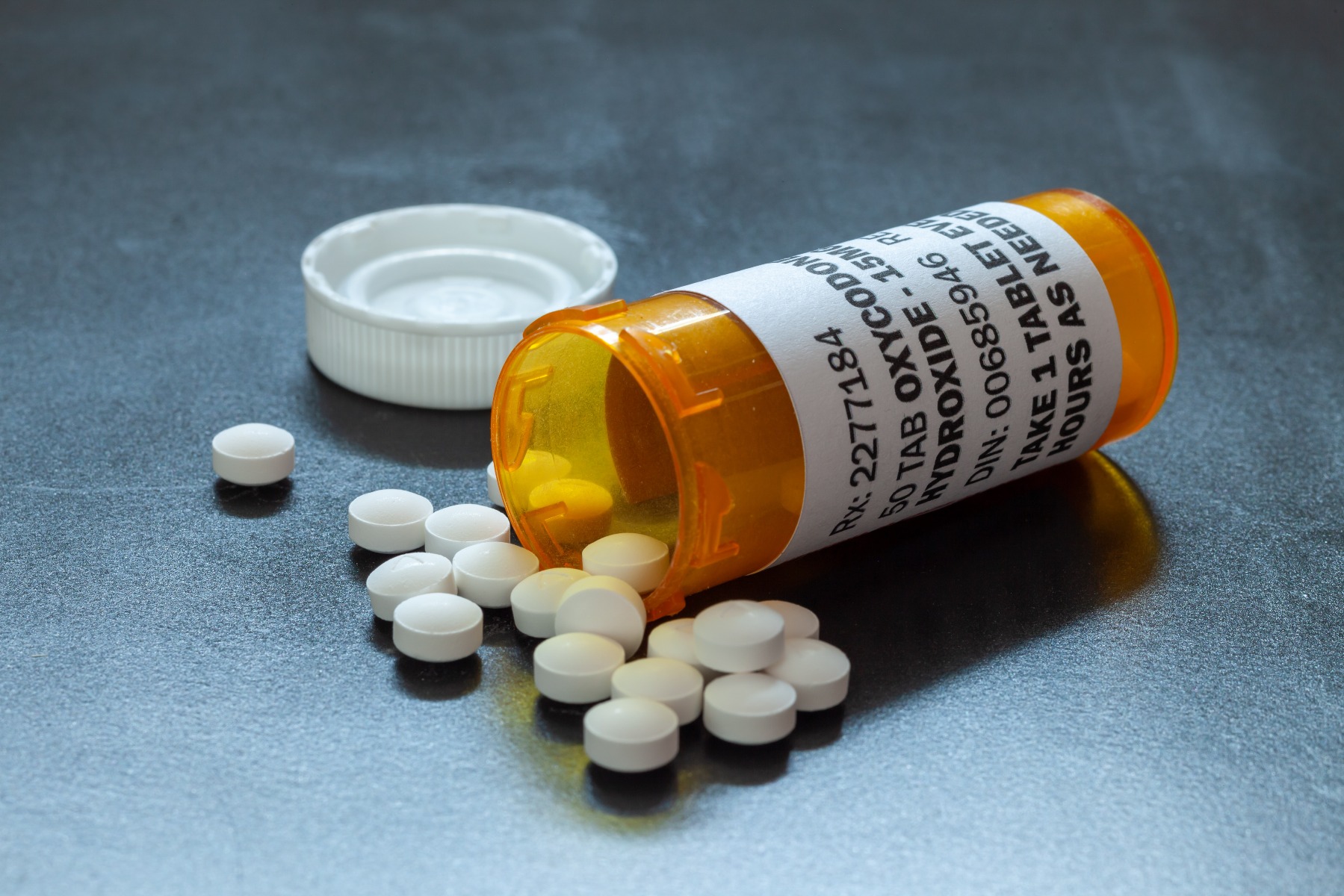Oxycodone
Oxycodone (hydrochloride) is natural opioid and is most commonly prescribed by doctors to relieve moderate to severe pain. However, there is increasing concern among medical professionals about the risks of using these drugs, particularly when they are used for a long time. Some people misuse oxycodone to become intoxicated, which can result in serious side effects.
What does oxycodone look like?
Oxycodone comes in several forms including capsules, tablets, liquid and suppositories. It also comes in a variety of strengths.
Slang names Hillbilly heroin, oxy, OC and O.
Common oxycodone brand names Oxynorm®, OxyContin®, Endone®, Proladone®, Targin®.

How are they used?
Oxycodone is usually swallowed but is sometimes injected or used as a suppository.
Visible signs of potential use of Oxycodone:
-
Pain relief
-
Dizziness or faintness
-
Tiredness or Restlessness
-
Confusion and difficulty concentrating
-
Euphoria or negative mood
-
Stiff muscles
-
Dry mouth
-
Stomach ache and nausea
-
Slow pulse
-
Excess sweating, flushing and itching
-
Mild allergic rash or hives
-
Chest pain or discomfort
-
Small pupils
-
Decreased awareness/responsiveness
-
Extreme drowsiness and loss of consciousness
-
No muscle tone or movement
-
Slow or irregular heartbeat
Please note the effects listed in this information do not automatically indicate that a person is under the influence of illicit drugs. This is only a guide to the possibility.

